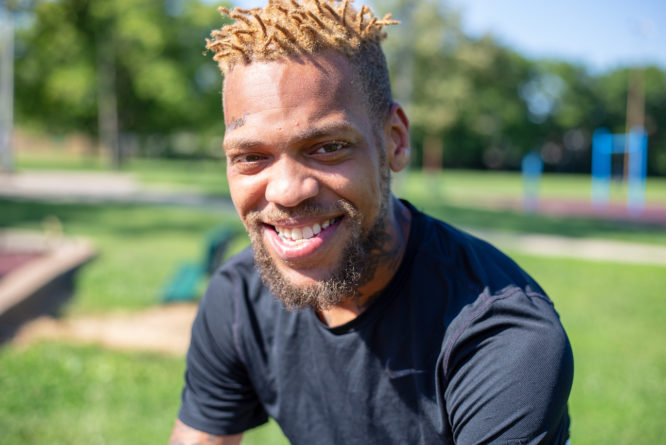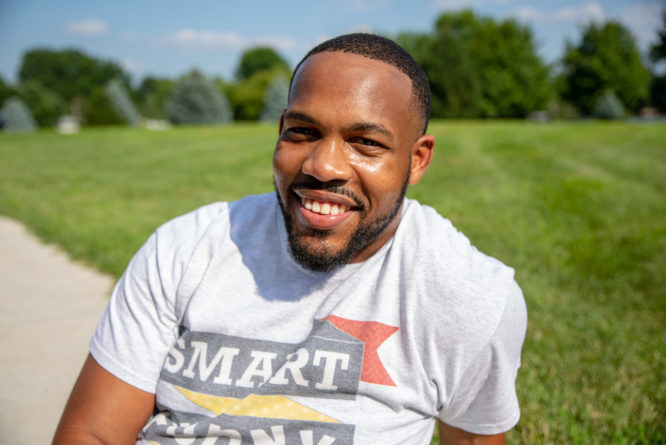Re-Envisioning Response to Demonstration
The expert testimony, research, scholarship, and lived experience collected by the Commission revealed the following:
- On September 3, 2015, the United States Department of Justice (DOJ) released a thorough “After-Action Assessment of the Police Response,” detailing the 17 days following the shooting of Michael Brown (DOJ, 2015). In this investigation, four police departments (Ferguson, St. Louis County, St. Louis City, and the Missouri State Highway Patrol) voluntarily submitted to in-depth interviews, document and data-log reviews, and physical visits, which were coupled with interviews with community members in Ferguson (DOJ, 2015). The assessment team arrived at a consensus identifying 48 findings and 113 “lessons learned” under 6 major themes: inconsistent leadership, failure to understand endemic problems in the community, a reactive rather than proactive strategy, inadequate communication and information sharing, use of ineffective and inappropriate strategies and tactics, and lack of law enforcement response continuity (DOJ, 2015).
- According to the DOJ report, in the first 17 days alone, “more than 50 law enforcement agencies were involved in the police response in Ferguson” (DOJ, 2015). This decentralized system of agencies with different use-of-force policies, protocols for crowd control, training standards, and department cultures led to lapses in and uncertainty regarding the command structure within law enforcement and with demonstrators (Lithwick, 2014; Nolen, 2014; DOJ 2015).
- The DOJ report identified several inconsistencies across law enforcement’s response to the Ferguson protests, including questionable use of tear gas, militarized weapons, and canine units. The report noted that, in light of the use of canines for crowd control during the 1960s civil rights movement, deployment of canine units in Ferguson undermined community trust (DOJ, 2015).
- The International Association of Chiefs of Police (IACP) offers several suggestions for creating a robust communication structure. Though there were improvements when protest groups met with police at several points to create “rules of engagement” at demonstrations, without the formal institutionalization of this system there continued to be consistent breakdowns (Lowry, 2014). The IACP model policy for Crowd Management and Control also institutes an incident command system specific to mass demonstration when multiple law enforcement agencies are involved, as well as use-of-force guidelines (IACP, 2014).
These findings prompted the Commission to draft calls to action for changes to law enforcement response to demonstration with the hope that these calls will help eliminate miscommunication and unsafe demonstration environments.
To that end, the Commission issues the calls to action below.
Take Action
FTF Co-Chairs and Community Partners Call for Swift Policy Action
Residents Call for Policy Change, Regional Leaders Must Rise to the Challenge Forward Through Ferguson co-chairs, Rebeccah Bennett and Zachary Boyers, and 30 community partners call on policy and decision makers to deliver swift action on Ferguson Commission Calls to Action. Read the full statement on Medium, or download a pdf here. “Unfortunately, we’ve been…
Opportunity for a New Approach to Public Safety in St. Louis
An open letter to Mayor Lyda Krewson from Rebeccah Bennett and Zachary Boyers, Co-chairs of Forward Through Ferguson, on the public safety opportunity in front of our region. Click here to download a pdf of the open letter. Mayor Krewson, The retirement of Police Chief Sam Dotson represents a new day for public safety in St. Louis….
Suggested Reading List
Department of Justice. (2015). After-action assessment of the police response to the August 2014 demonstrations in Ferguson, Missouri. United States Department of Justice. Retrieved from https://ric-zai-inc.com/Publications/cops-p317-pub.pdf
International Association of Chief’s of Police (IACP). (2014). Crowd management and control. Retrieved fromhttps://www.theiacp.org/Portals/0/documents/pdfs/MembersOnly/CrowdsPolicy.pdf
Citations
- Department of Justice (DOJ). (2015). After-action assessment of the police response to the August 2014 demonstrations in Ferguson, Missouri. United States Department of Justice. Retrieved from https://ric-zai-inc.com/Publications/cops-p317-pub.pdf
- Nolen, C. (2014). TV crews hit by bean bags, tear gas. KSDK. Retrieved from https://www.ksdk.com/story/news/local/2014/08/14/crews-hit-with-bean-bags-tear-gas/14042747/
- Police Executive Research Forum (PERF). (2015). Overcoming the challenges and creating a regional approach to policing in St. Louis City and County. Retrieved from https://www.bettertogetherstl.com/police-study
- Lithwick, D., & Roithmayr, D. (2014). Ferguson’s constitutional crisis. Slate. Retrieved fromhttps://www.slate.com/articles/news_and_politics/jurisprudence/2014/08/ferguson_s_constitutional_crisis_first_amendment_violations_are_only_part.html
- Lowry, W. &Kindy, K. (2014). Police, protesters argue over ‘rules of engagement’ ahead of Ferguson decision. The Washington Post. Retrieved fromhttps://www.washingtonpost.com/politics/police-in-st-louis-agree-to-rules-of-engagement-for-protests-after-grand-jury-decision/2014/11/18/75107438-6f5a-11e4-893f-86bd390a3340_story.html


